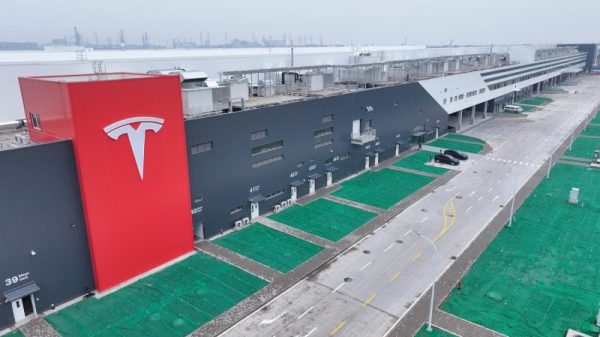The recent advancements in artificial intelligence have led to the integration of AI defense systems by the United States, United Kingdom, and Australia. This collaboration marks a significant step forward in the utilization of cutting-edge technology for enhancing national security and defense capabilities. By harnessing the power of AI, these countries aim to bolster their defense strategies, improve decision-making processes, and respond effectively to evolving threats in the cybersecurity domain.
One of the key benefits of integrating AI into defense systems is its ability to analyze vast amounts of data in real-time. Traditional defense mechanisms often struggle to process and interpret the sheer volume of information generated by various sources. AI algorithms, on the other hand, excel at sifting through enormous datasets, identifying patterns, and extracting actionable insights. This analytical prowess enables defense agencies to detect threats early, predict potential attacks, and mount preemptive countermeasures effectively.
Furthermore, AI-powered defense systems offer the advantage of automation and efficiency. Tasks that would typically require human intervention and manual inputs can be streamlined and accelerated through AI algorithms. This automation not only reduces the margin for error but also enables defense personnel to focus on high-level strategic planning and critical decision-making. By delegating routine tasks to AI systems, defense agencies can optimize resource allocation, enhance operational planning, and improve overall efficiency in safeguarding national interests.
Additionally, the integration of AI defense systems facilitates swift adaptability and scalability in response to dynamic security challenges. AI algorithms can be continuously updated and refined based on new data inputs, emerging threats, and evolving objectives. This adaptability ensures that defense systems remain agile and responsive in the face of rapidly changing threat landscapes. Furthermore, the scalability of AI technology enables defense agencies to expand their capabilities, integrate new functionalities, and stay ahead of adversaries who seek to exploit vulnerabilities in traditional defense measures.
Moreover, the collaboration between the United States, United Kingdom, and Australia in integrating AI defense systems signifies a strategic alignment towards strengthening international security cooperation. By pooling their expertise, resources, and technologies, these countries can leverage the collective intelligence and innovation to develop robust defense strategies and countermeasures. This collaboration not only fosters mutual trust and knowledge-sharing but also sets a precedent for future partnerships in the realm of AI-driven defense technologies.
In conclusion, the integration of AI defense systems by the United States, United Kingdom, and Australia represents a pivotal milestone in leveraging advanced technology for enhancing national security and defense capabilities. With its analytical prowess, automation, adaptability, and scalability, AI is poised to revolutionize the way defense agencies safeguard their interests in an increasingly complex and volatile global landscape. By embracing AI-driven solutions, countries can fortify their defense mechanisms, mitigate risks, and stay ahead of emerging threats, thereby ensuring a more secure and resilient future for their citizens.


































